|
Smiling on cue is a fun and cute party trick to teach a horse. The lip moving motion often dubbed as a smile is actually called "flehmen" which the horse uses to identify a strange smell. Some horses naturally do this more than others, most frequently stallions. However, horses of all ages and genders can learn this behavior as a trick. There are a couple ways to go about teaching your horse to smile, as outlined below. Method # 1: Capturing the Behavior For this method, you need some treats for your horse, and something strange smelling. You may have to try a couple different scents to find something that will get your horse's attention. Open the scent container a few feet away from your horse, and be ready with treats. If your horse lifts their lip at all in response to the new smell, reward with a treat. Offer a treat every time your horse repeats their lip lifting behavior. If it doesn't work, you can try a different scent or try the second method below. Method # 2: Teaching by Touch This method involves prompting the horse to lift their lip by touch. For this you will need the treats again, and perhaps a feather if needed. Try touching the horse's nose, lips or gums with your finger and be ready to reward quickly with a treat if they lift their lip up. You can also try the feather to see if that works better for your horse. Whichever method you try, be sure to reward quickly as soon as the horse does the trick. You will likely need to reward for just a quick "smile" or even just moving their lip slightly at first, and gradually build up to the final trick. Practice until the horse is consistently offering something with their lip, and continue to improve and build on it. The video below shows a good example of how the smile training process starts with a new horse. Adding a Cue Once the horse is repeatedly offering to raise their lip, you can start adding a cue every time the horse smiles, right before you give them the treat. A cue can be verbal, like "smile," or non verbal, like raising your finger up in the air in front of them. Once you choose a cue, use the same cue every time the horse smiles. After some practice, they should be able to perform their new trick as soon as they get the cue to smile.
3 Comments
Miniature horses are extra tiny to begin with (averaging just 30-34 inches high at maturity) but since the little guy in this video is just a baby, he's even tinier than a full grown mini. He already loves to chase people around and have some fun while his mother Grace stands by. This little guy is quite adventurous, especially at his young age. He seems to love attention too; check out his little tail wagging when he catches up to the person and gets some back scratches! Part 2 of this video is also shown below; the video picks up a bit at the 1 minute, 45 second mark. As these videos were filmed a couple years ago, this little guy is likely around two years old now. For more videos of this little guy, check out their YouTube channel.
Miniature horses are the tiny and adorable little horses often seen pulling one person carts or participating in therapy work. These little guys are even smaller than ponies (measuring just a maximum of 38 inches high!) and they make great little companion horses. Below are some interesting and fun facts to get to know this little breed a bit better. 1. Despite their small size, minis are considered small horses, not ponies. While smaller ponies like Shetlands can rival miniature horses for their small size, there are several other distinguishing differences between miniature horses and ponies of any breed. Ponies are bred to be stocky, with a thicker neck, short legs, and thick fluffy manes, tails, and coats. There are many different breeds and sizes of ponies, ranging from miniature horse size, up to 14.2hh. Miniature horses are actually bred to look just like tiny versions of a full sized horse, rather than a pony, and typically have the more refined features of a larger horse. Miniature horses usually have a longer neck than ponies, with longer, straight legs. When put side by side with a bigger horse and a pony, they should more accurately resemble the horse's overall appearance. 2. Miniature horse breeders often refer to a mini's height in inches rather than hands. While most horses are measured in hands (where 1 hand equals 4 inches) it is often considered the norm to measure miniature horses just in inches rather than hands. Minis usually do not exceed 38 inches tall (9.2 hands high) but some people feel that true minis should remain under 34 inches tall (8.2hh.) 3. American Miniature horses are not the only miniature horse breed. The American Miniature horse is not the first or only tiny sized horse, although they are the most common. A breed called the Falabella is actually the first. Falabellas originated in Argentina, and they are a much more pure breed than American minis due to a higher number of Falabella breeders being diligent about the breed's bloodlines. Falabellas are now found all over the world, although they are a bit harder to find than a regular miniature horse. 4. Miniature horses are the smallest horses on record. Miniature horses grow to a tiny mature height of no more than 34-38 inches tall (8.2hh - 9.2hh) and are often smaller. A miniature horse named Thumbelina even holds the Guinness world record for smallest living horse at just 44.5 centimetres (17.5 inches) tall! 5. Miniature horses tend to have a long lifespan. Miniature horses frequently live over the age of 30, with one mini by the name of Angel reportedly even reaching the ripe old age of 50! Miniature horses frequently outlive their larger counterparts, often living up to a third longer than a regular sized horse. 6. They make great therapy horses. Miniature horses are perfectly sized for kids or people in wheelchairs to groom, touch, or feed treats to, and their size makes them easy to transport and visit people in need. Minis are often a part of animal assisted therapy organizations for people with disabilities. Their friendly, patient nature and less intimidating size makes them ideal for people that are nervous or shy. Some people even take mini horses to hospitals or old age homes to visit sick and elderly individuals and bring a smile to their day. 7. Some miniature horses are trained as service animals to guide the blind. While not nearly as common as dogs, some miniature horses are being trained as service animals for visually impaired people. Miniature horses are great alternatives to dogs for certain people, as they have a much longer lifespan than dogs, and are suitable for horse lovers or people that may be allergic to dogs. Miniature horses are small enough to walk the streets and come in the house if needed, but they typically live outdoors at home. For more information about guide horses, check out guidehorse.com. 8. They come in more colors than most other horse breeds. While most horse breeds can be found in just a handful of colors, miniature horse colors can be very diverse and range from classic, solid colored blacks, bays, chestnuts, etc, to just about any color or pattern imaginable. They even come in unique colors like cremello, pintaloosa, champagne, and perlino. You can also find them with various patterns and markings such as pinto, and even with leopard spots all over their body like an appaloosa horse. 9. They can take part and compete in several different sports and activities. While miniature horses are not usually big enough to ride (aside from very young/small kids) there are still several activities they can learn and take part in. Minis are common for driving, and are able to pull a small, one person cart around solo. They can also pull bigger carts in pairs or groups. Registered, show quality mini horses can also be shown in hand at miniature horse shows. Some people compete in high jumping events with their mini (running alongside the horse.) In addition, they can learn cute tricks, and some people teach them to run agility courses like a dog! They are also used as therapy or guide animals (as mentioned above.) 10. Their height is not measured at the withers like a big horse. Regular sized horses and ponies are measured at the withers (the highest point between a horse's neck and back.) Miniature horses however are typically measured a little bit differently. Rather than the withers, they are measured slightly further down the back, right at the point of the last hair at the base of their mane.
|
About
Dedicated to everything about horses. Here you can find inspiring videos, fun projects, and informative articles on any topic that involves horses. Archives
October 2018
Categories
All
|
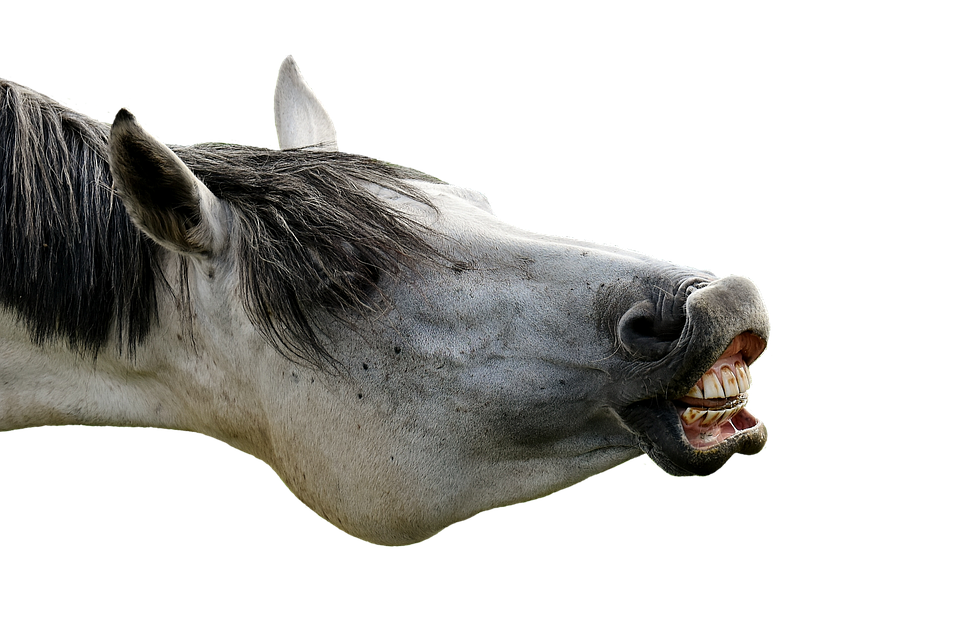
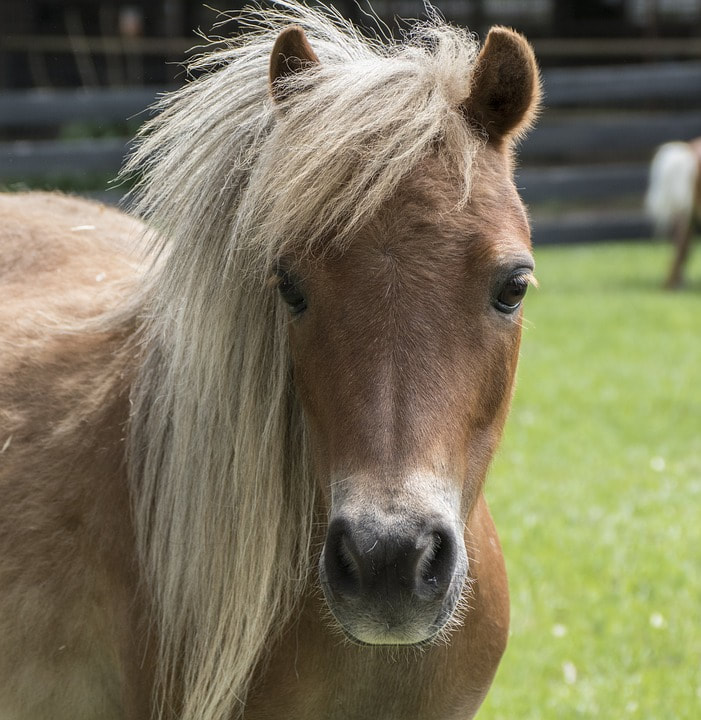
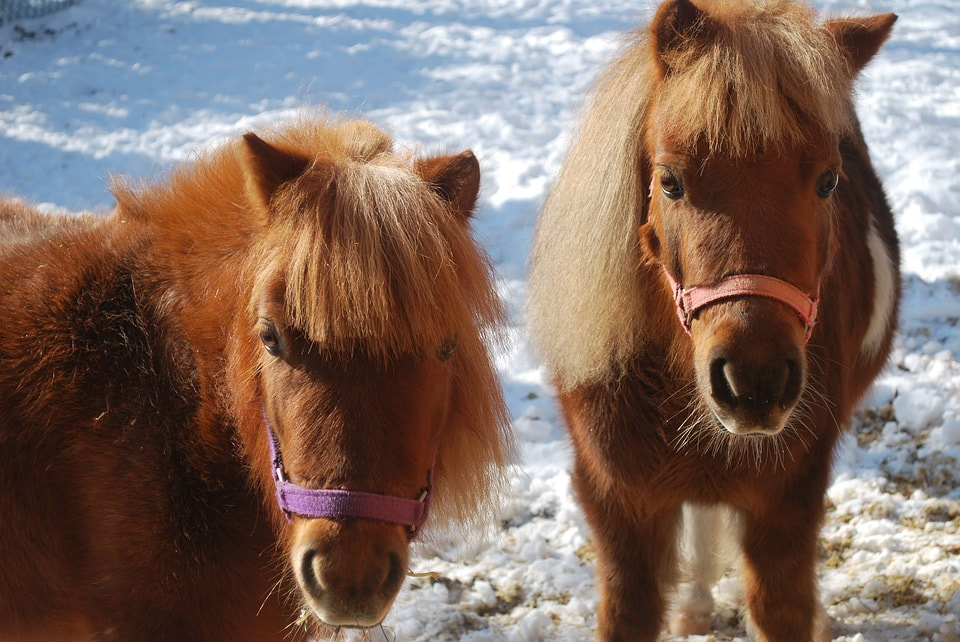
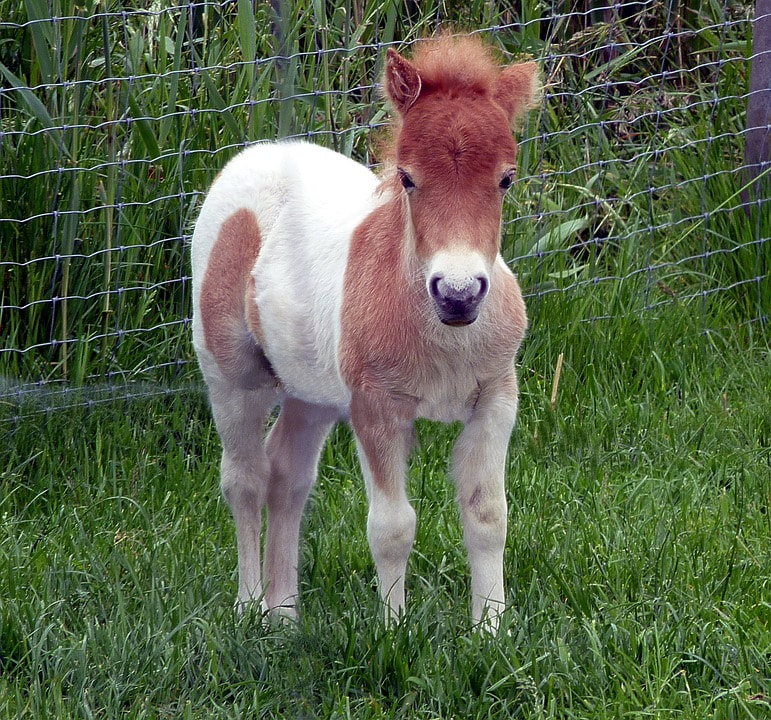
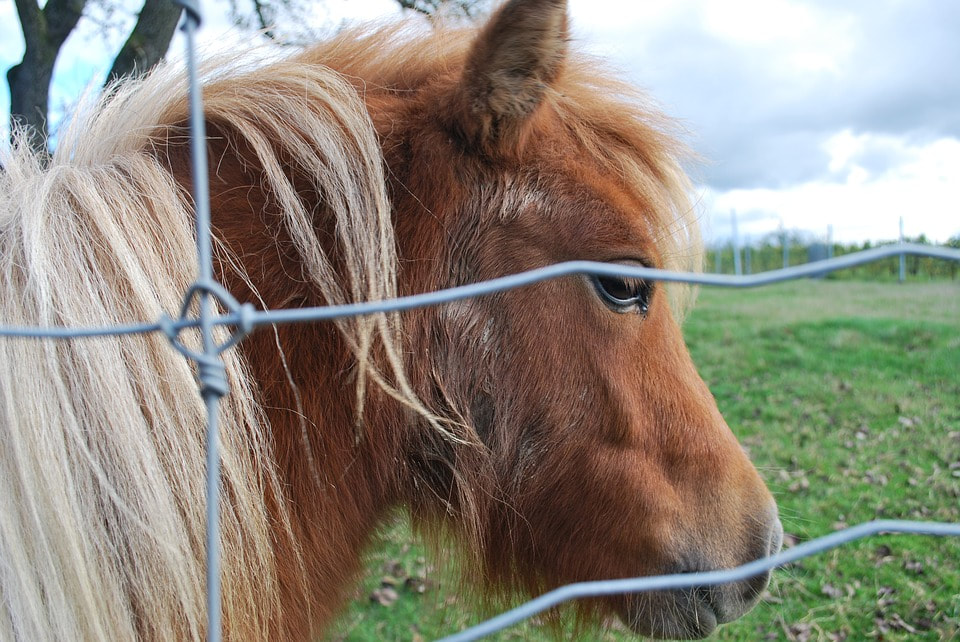
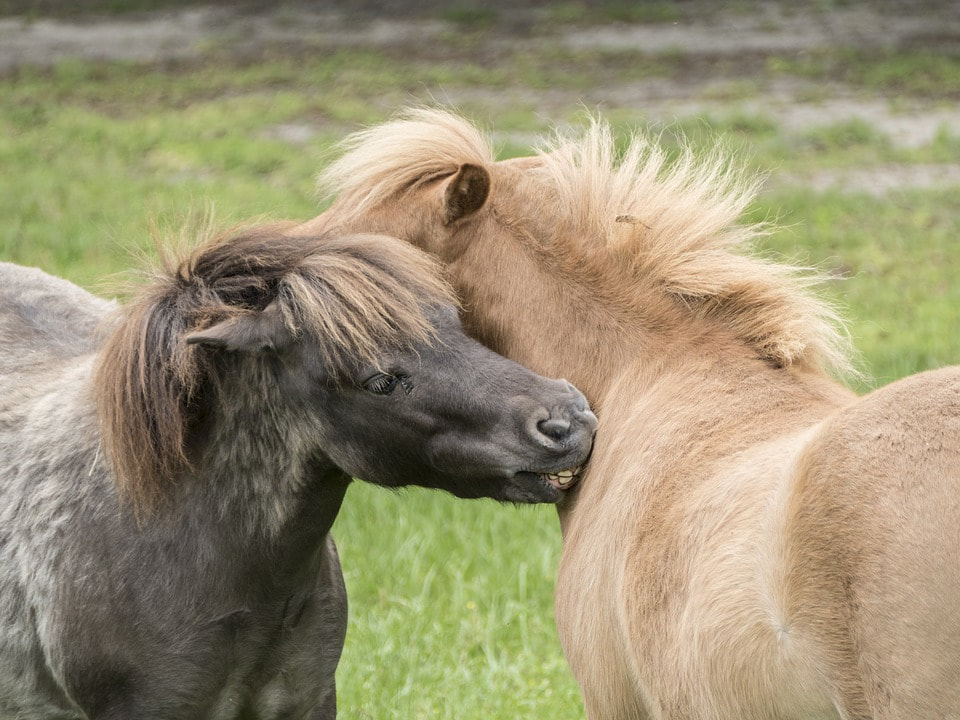
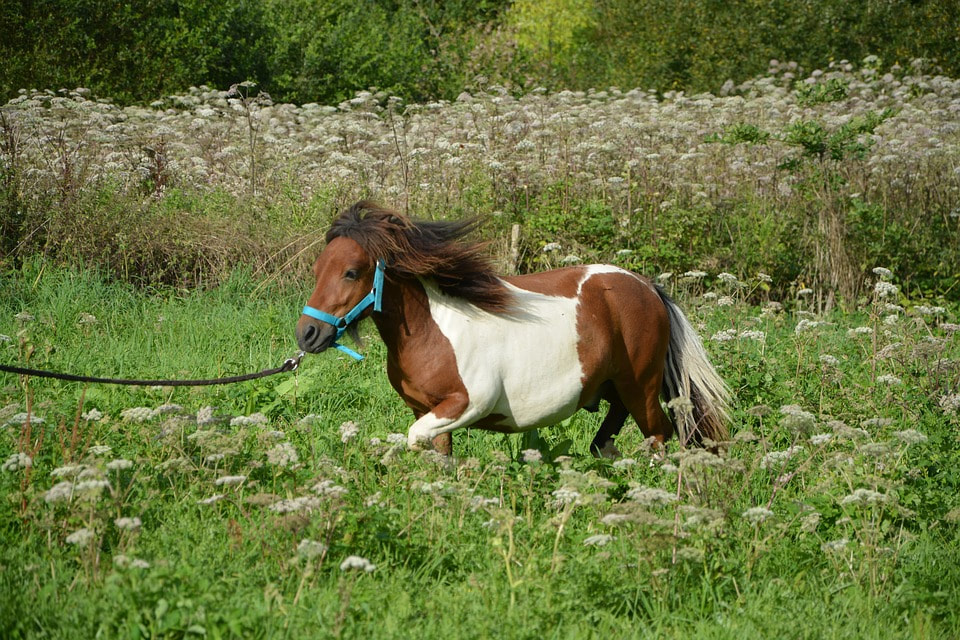
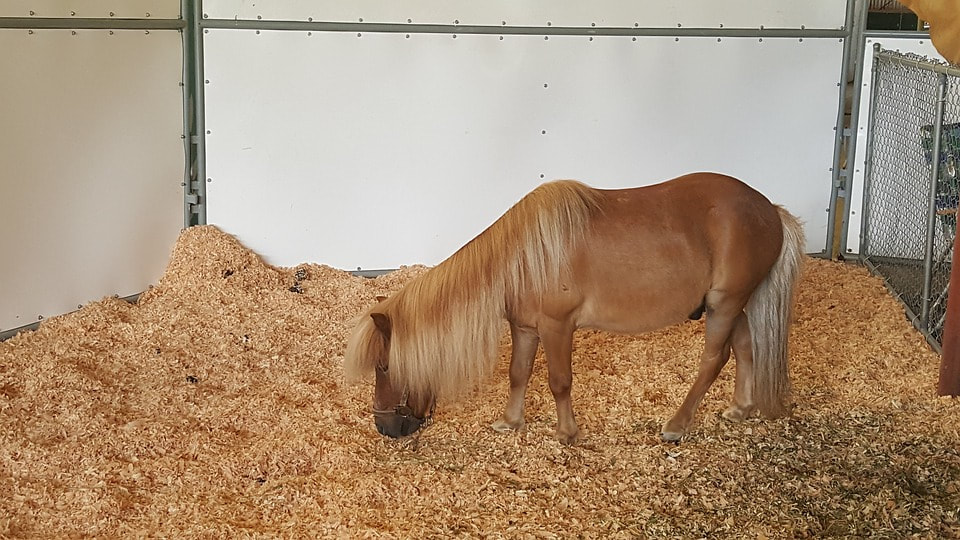
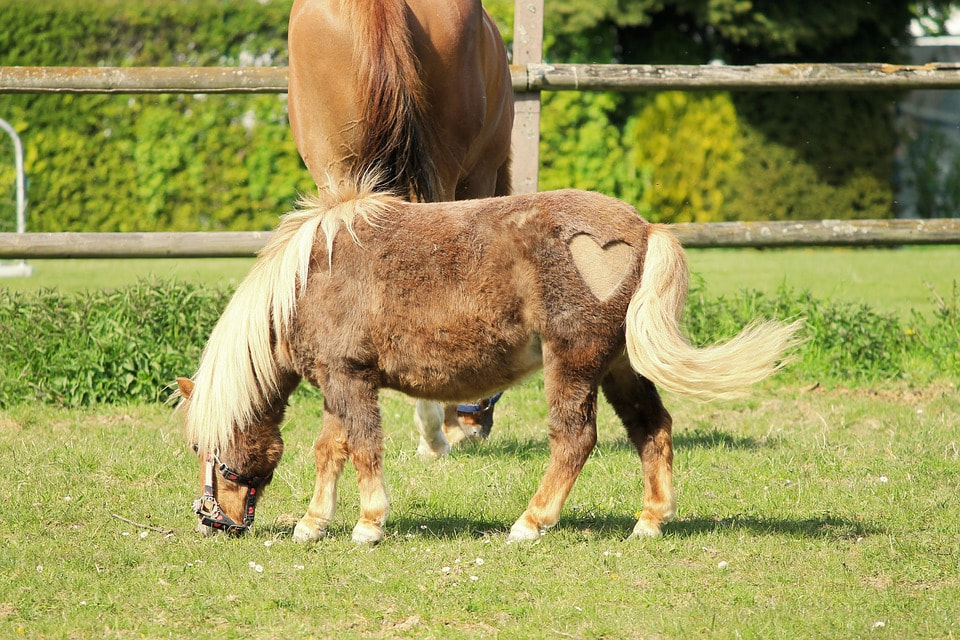
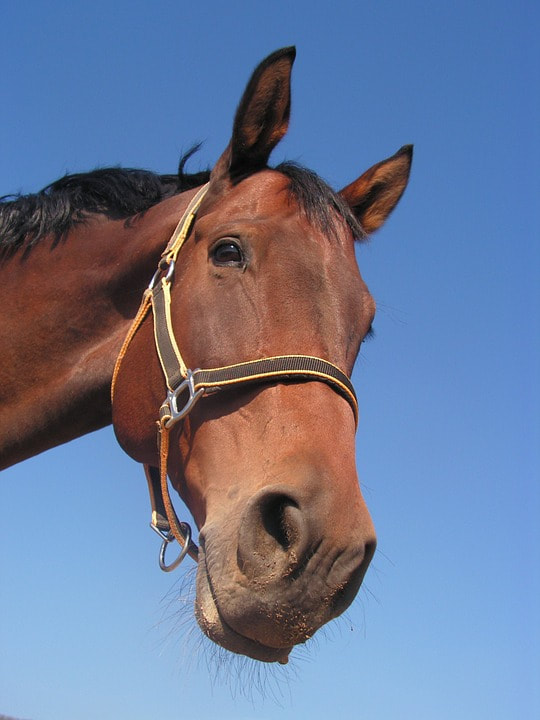
 RSS Feed
RSS Feed
